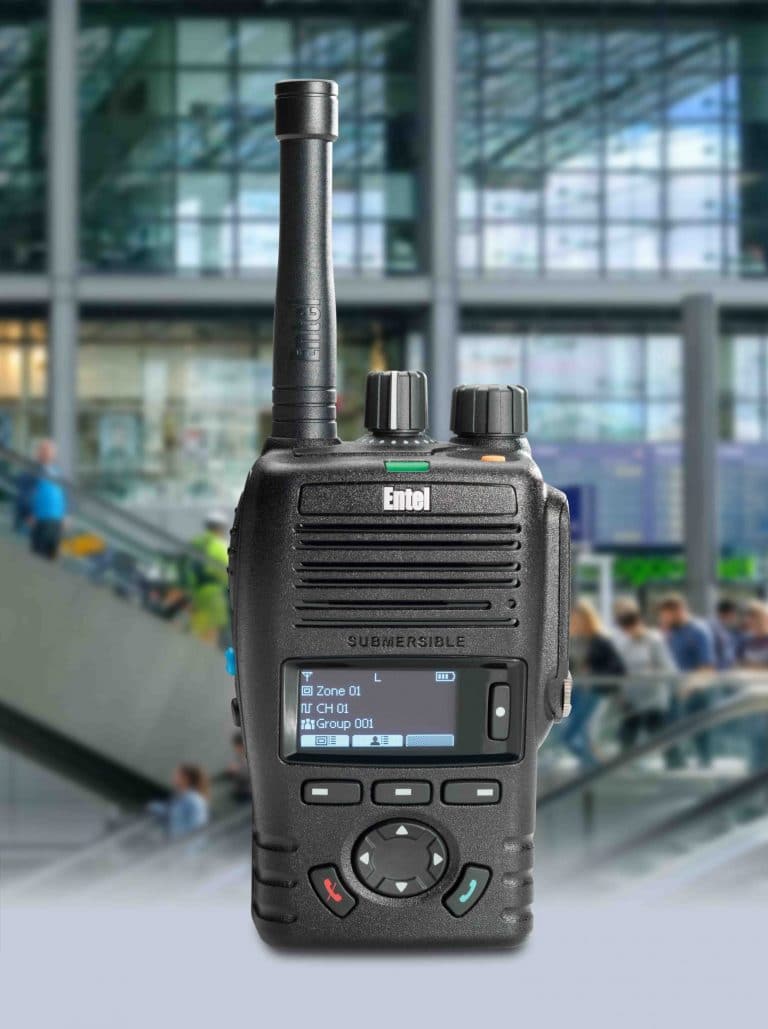Lincoln radio repeaters boost the communications range of two-way radios.
Location
If you plan to install a repeater around lincoln, there are coverage issues to consider.
There is a ridge at the top of lincoln.
This means that if you place a repeater at the top of the ridge, at somewhere like Cherry Willingham, you may not receive a signal on Carholme Road, Lincoln.
This of course works in reverse, so a repeater located in North Hykeham, may not reach Nettleham.
This can of course be overcome.
Height
Radio signals above a frequency of 30MHz (MegaHertz), are generally ‘line of sight’.
Line of sight basically means they travel in straight lines.
Objects such as hills, buildings, and ridges block or attenuate (reduce) the signal strength.
One way to improve the line of sight, is to put the antenna on a high mast, or location.
This can help overcome the curvature of the earth, but may not provide 100% coverage.
This is because in the case of the Lincoln ridge, there is a blackspot, that occurs, unless you had your repeater at the top of the ridge.
IP Connect
If 100% radio coverage around the lincoln area is crucial, IP Connect can be used.
IP Connect uses the internet to connect more than one repeater together.
This can be configured to create a wide area system, with full coverage.
Technologies
There a three types of repeater you will come across.
Analogue
Analogue repeaters are becoming less common now.
An analogue repeater receives a weak radio signal from an analogue transmission.
Then the repeater retransmits the signal, at a higher power.
This enables the radio communication range to increase.
An analogue signal consists of a ‘carrier’ signal, and a modulated variable signal.
The modulated signal is put onto the carrier, and contains the speech data.
Two types of modulation are common.
These are Frequency Modulation, and Amplitude Modulation.
Frequency Modulation
Frequency Modulation is more commonly known as FM for short.
FM is what traditional analogue repeaters normally use.
Amplitude Modulation
Amplitude Modulation is often abreviated to AM.
You are unlikely to see an AM repeater for sale these days.
Digital Repeaters
Digital repeaters are taking over from the older analogue repeater technology.
Digital repeaters work by transmitting digital ‘0’s & ‘1’s, rather than modulating a signal onto a carrier frequency (analogue).
Standards
The two main standards you will come across are dPMR & DMR.
DMR has become the more popular dominant standard.
This means that there is more equipment available using the DMR standard.
Trunked
Trunked repeaters are analogue, though pseudo trunking is availabke in digital systems.
All users of two way Land Mobile Radio Communications in Lincoln can benefit from the local lincoln Radio Repeaters available through Yesway.
The radio repeater allows two way radio messages to be broadcast and received over a wider area than would be possible with ordinary radio to radio communications.
The repeater can link mobile to mobile, mobile to base station & even link handheld walkie talkie style radios.
This system often only needs a small base station aerial to access the repeater, which can often be mounted discretely in a loft for example.
At yesway we are confident that the trunked repeater system that we offer is superior to rivals conventional CBS radio repeaters in terms of coverage, and cost.
If you have been quoted to have a system based on anyone else’s repeater system in the Lincoln area then contact us, and we are confident we will beat any genuine written quote.
Author: Craig Miles



